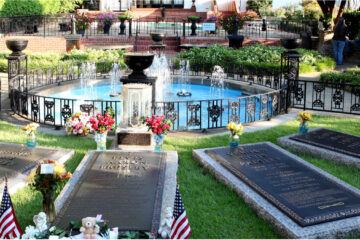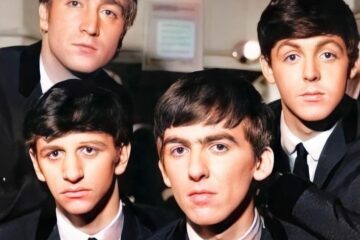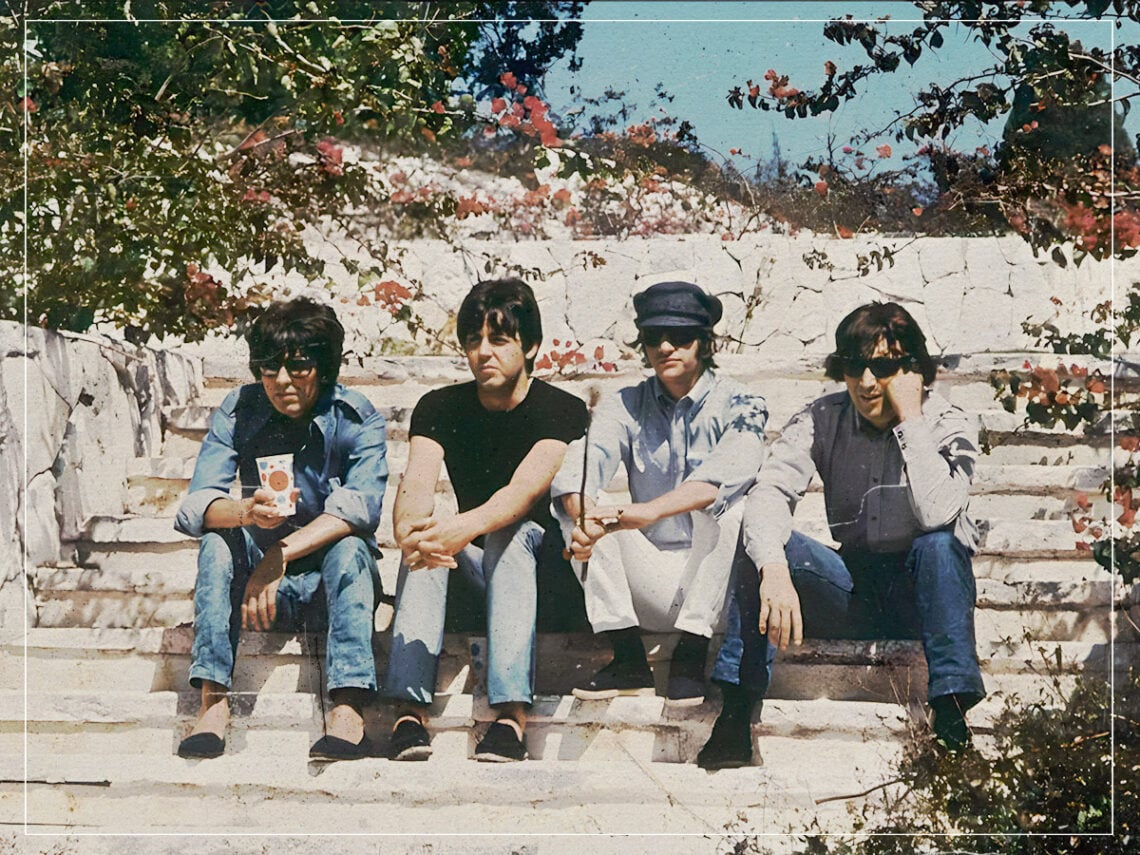The Beatles’ 1969 album Abbey Road has gone on to become a defining moment in the illustrious career of one of the greatest bands to have ever walked the planet and, to this day, continues, to be regarded as one of the finest records ever made. It is one of the band’s rockiest records but it is on their isolated vocals that the album’s true power shines through.
It was the band’s eleventh studio album and saw the Fab Four incorporating genres such as blues, rock and pop, and also makes prominent use of Moog synthesizer, sounds filtered through a Leslie speaker, and tom-tom drums. It showed a band still desperate to innovate and create—but the most fascinating part is the band’s varying vocals.
One thing that The Beatles have—that most other bands could only hope for—a group of quality musicians as well as expert songwriters and wonderful singers. An iconic record on The Beatles’ roadmap, least of all because of its album artwork, it was another moment of creative evolution as all four members took the wheel of the Yellow Submarine for a turn or two and rallied against the awful recording sessions for Let It Be.
In the video below, brought to us by Leonardo Barbieri, we get to experience Ringo Starr, Paul McCartney, John Lennon and George Harrison all bring their songs to fruition but with a noted difference. By stripping back the music and listening to their vocals alone, the connection each of the band had to their songs becomes clearer.
Straight off the bat is the arresting vocals of ‘Come Together’. John Lennon’s 1969 track rings out like a primal pop masterpiece, with the band’s vocal on the song becoming more and more captivating with every note. A song as famed for its refrain as its chorus, stripping back the track’s chunky production doesn’t take anything away from this song and that alone is a testament to the band’s songwriting credentials.
George Harrison’s sumptuous vocal on ‘Something’ is one of the most beautiful. A song which was written by the guitarist would see Harrison ascend to the pantheon of songwriters that his Beatle bandmates Lennon ans McCartney already reside. When listening to his sincere vocal (at 04:16) it’s clear the place in his heart this track had and would always have for Harrison.
 A particular moment of intricate vocal work and a reference to Paul McCartney’s pursuit of perfection is on ‘Oh Darling’. A Zappa-aligned track, McCartney made special preparations to ensure the vocal landed with the intended-venom, he said: “I came into the studios early every day for a week to sing it by myself because at first, my voice was too clear. I wanted it to sound as though I’d been performing it on stage all week.”
A particular moment of intricate vocal work and a reference to Paul McCartney’s pursuit of perfection is on ‘Oh Darling’. A Zappa-aligned track, McCartney made special preparations to ensure the vocal landed with the intended-venom, he said: “I came into the studios early every day for a week to sing it by myself because at first, my voice was too clear. I wanted it to sound as though I’d been performing it on stage all week.”
As well as a chance to marvel at the principal songwriters and singers of the band taking their moment in the sun with both hands. There’s also the rarer scene of Ringo Starr jumping in the songwriting hot seat for ‘Octopus’ Garden’. The drummer takes lead on the vocals too and adds a creamy humility to proceedings. The album then moves through ‘Here Comes The Sun’ and Ringo’s favourite piece of Beatles music ever, the side 2 ‘Medley’ before ending with ‘Her Majesty’.
Abbey Road will be an album that long outlives us all. It was a time in The Beatles career where the band were beginning to break away. All four members of the band, once so tightly bound together, were beginning to find their own paths away from the group. But somehow, with Abbey Road, they pull it all back together to create an album that is both singular and shared.
(00:00) ”Come Together’
(04:16) ‘Something’
(07:01) ‘Maxwell’s Silver Hammer’
(10:28) ‘Oh! Darling’
(13:48) ‘Octopus’s Garden’
(16:25) ‘I Want You (She’s So Heavy)’
(20:55) ‘Here Comes The Sun’
(22:55) ‘Because’
(25:15) ‘You Never Give Me Your Money’
(28:48) ‘Sun King’
(31:22) ‘Mean Mr. Mustard’
(32:31) ‘Polythene Pam’
(33:46) ‘She Came In Through The Bathroom Window’
(35:35) ‘Golden Slumbers’
(37:37) ‘Carry That Weight’
(38:54) ‘The End’
(40:53) ‘Her Majesty’



